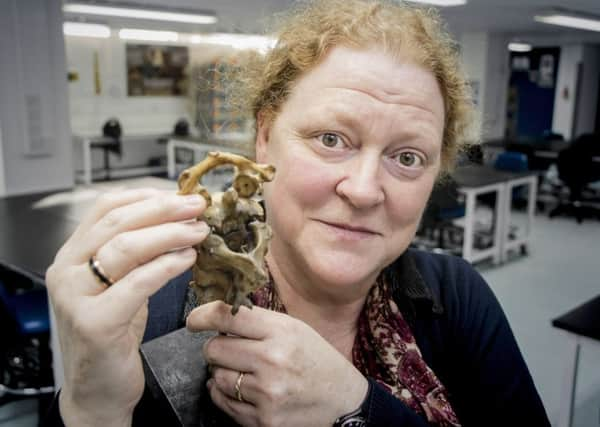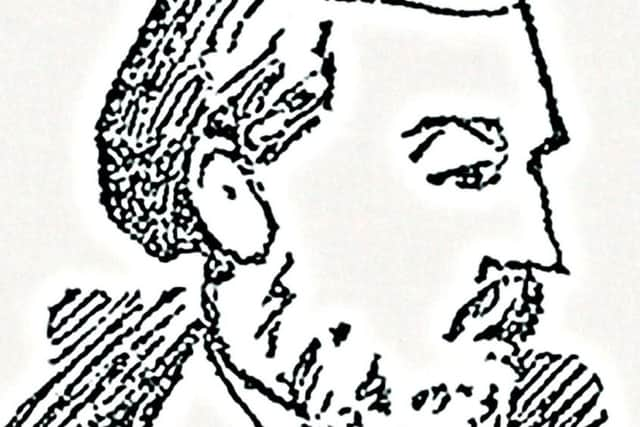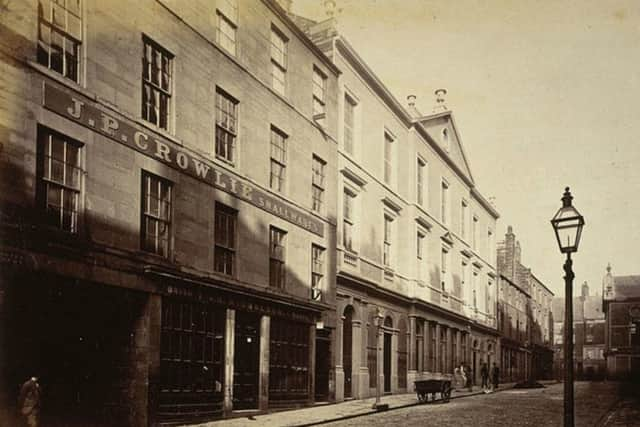Case of last hanged Dundee man back in court 130 years on


Bury was hanged on April 24, 1889 after a court heard his wife Ellen was strangled with a piece of rope and disembowelled with her remains crammed into a trunk.
Her body was left in the case for several days after her death with Bury reportedly using it as a card table during a game with friends.
Advertisement
Hide Ad

In his initial confession, Bury, a sawdust merchant who met his wife in east London, claimed to be Jack the Ripper with the trial a sensation of the day. More than 5,000 people turned out to witness the hanging.
Bury’s conviction of his wife’s murder rested largely on medical evidence with the jury at first calling for his mercy given the conflicting expert opinion.
During a second post mortem, one city surgeon concluded Mrs Bury committed suicide with her body mutilated after death.


Now, some of Scotland’s key legal figures will work with Professor Dame Sue Black, director of the Centre for Anatomy and Human Identification at Dundee University, to stage Bury’s mock trial at Dundee Sheriff Court next month to determine whether Bury was guilty.
Students from the Mooting Societies at Dundee University will prosecute Bury with their counterparts from Aberdeen to defend the Dundonian in a re-consideration of the case that will use both information available at the time as well as current forensic science standards.
Professor Black said: “The William Bury trial and his subsequent execution is a fascinating story in so many respects, from the reaction of the Dundee public, who were very much against the death sentence at the time, to the claims linking him to the Jack the Ripper case, and the circumstances of the death of his wife.” said Professor Dame Sue Black,
Advertisement
Hide Ad“We have excellent records of the original case, through documents held in the National Records of Scotland and press reports of the time. William Bury’s body was transported to the University for anatomisation and the bones from his neck remain in my office.


“He had been hanged and his neck snapped at his second cervical vertebra – the classical hangman’s fracture.”
Advertisement
Hide AdThe mock trial, to be held on February 3, will be overseen by The Hon Lord Matthews, a Supreme Court judge.
Mentoring the students in the prosecution will be Alex Prentice QC with forensic pathologist Dr Stuart Hamilton to be called as their expert witness.
Bury’s defence team will be mentored by Dorothy Bain QC with Professor Richard Shepherd to be called as their forensic witness.


The jury who will decide on the verdict will be drawn from the local public, with an appeal for 15 people to take part.
The event is being staged as part of the celebrations to mark the 130th anniversary of the establishment of the Cox Chair of Anatomy at the University of Dundee.
The event is being filmed for a planned documentary by HistoryHit TV - Dan Snow’s online History Channel.
Advertisement
Hide AdDuring the original trial the Crown alleged that Mr Bury strangled his wife with a piece of rope, cut her abdomen open, disembowelled her - possibly whilst she was still alive - before cramming her mutilated body into a wooden trunk and breaking both the bones in her leg in the process.
The defence alleged that it was suicide and that she ‘self-strangulated’ and that the cuts to her body were made after her death.
Advertisement
Hide AdProfessor Black added: “When the jury returned the first time they found Bury guilty but asked for mercy as they found the medical evidence to be conflicting. However they could only return with one of three verdicts – guilty, not guilty or not proven.
“On the second return to the courtroom they found him guilty and he was sentenced to death by hanging. We will now look at this evidence again in the light of modern thinking and see what the jury decides – will he still be found guilty? We will find out on February 3.”
